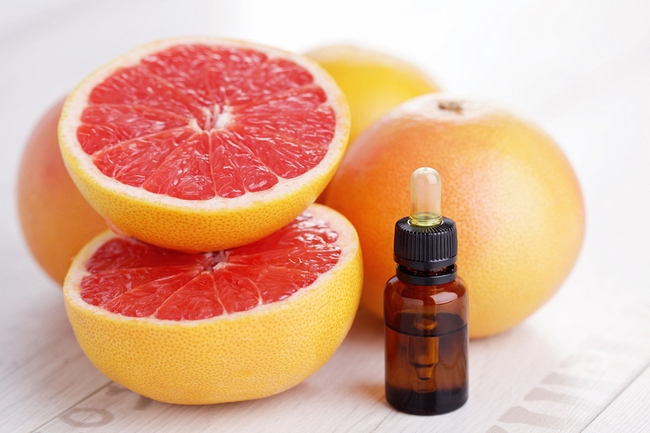- Make It Yourself Lavender Heart-Shaped Bath Bombs!
- 20 Things You Never Knew About “Down There”
- 12 Best Foods For Those Suffering From Arthritis Pain
- 12 Personal Hygiene Mistakes Almost Everyone Makes (Mom Never Told You About #4!)
- 15 Medicinal Plants And Herbs From The Cherokee People
- 12 Mind-Blowing Benefits Of Drinking Coconut Water During Pregnancy
- 12 Outstanding Winter Foods That Won’t Fatten You Up Like A Christmas Turkey
The Truth about Essential Oils No One Wants to Tell You

Photo credit: bigstock.com
No matter where you might live in the world, chances are you have used essential oils. Despite the fact that millions of people around the world report they use essential oils to successfully treat all types of health problems, the mainstream health community makes daily attempts to discredit this information.
Essential oils are simply everywhere. You can find them in many household cleaning products, and beauty products. Pure essential oils are sold virtually everywhere around the globe and online. If you read any blog, online news service or health information site (such as this one!) then you have heard all about the many health benefits of using essential oils.
Unfortunately, however, there are plenty of myths and lies being told about essential oils. These can vary from old-fashioned myths that have been passed down from generation to generation (such as ‘never use citrus-scented essential oils during your period as that will only make you bleed more heavily’), to misinformation to downright lies.
People have their reasons for these bits of untruth. Perhaps they are more interested in making a profit than in giving you the proper information. Perhaps they just assume the information their grandmother gave them was correct, and they never bothered to check it out. Perhaps they work for a doctor or pharmaceutical company, and they worry they might lose their job, or at least some income, if people were to start using essential oils rather than over-the-counter or prescription medications.
Whatever the reason, there is a great deal of information out there and it can be difficult to figure out what is the truth and what isn’t. Do essential oils actually work, or are they simply sweet-smelling lies?
We are going to try to narrow down the truth about essential oils: What they can do, what they can’t do and what you should know about them.
1. What Are Essential Oils Exactly?
In simple terms, essential oils carry the physical compounds of the flowers and plants from which they are in a highly concentrated form. There are several means of doing this, but the most common method today is through steam distillation. The volatile parts of the plant’s oils are extracted from the flowers, leaves, roots, bark and branches.
The most common chemical compounds found in essential oils are phenols, terpenes, alcohols, aldehydes, esters and ketones. Most essential oils contain antifungal, antiviral, antibacterial, anti-inflammatory compounds along with antioxidant capabilities.

































